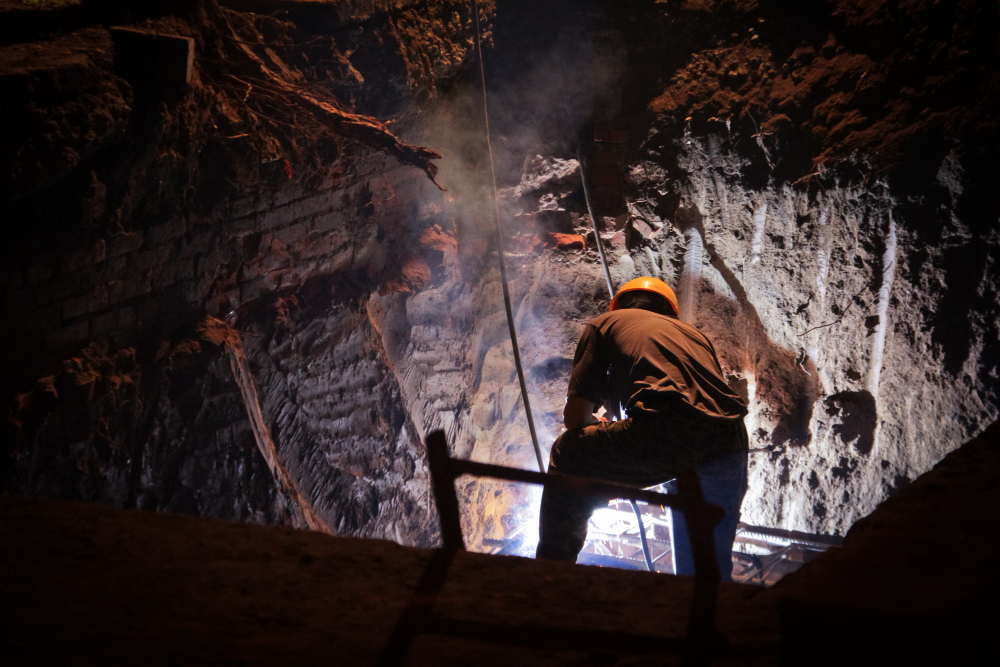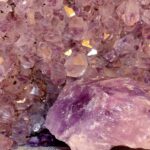In 2021, the Democratic Republic of Congo (DRC) solidified its status as the world’s largest producer of coltan, contributing approximately 700 tonnes to the global supply. Coltan, short for columbite-tantalite, is a crucial mineral used in the production of various technological devices, including smartphones, laptops, and other electronics. The significance of coltan to modern technology cannot be overstated, but the process of its extraction and the socioeconomic implications of its mining in the DRC are complex and often fraught with controversy. This article delves into the world of coltan mining in the DRC, exploring the mineral’s importance, the challenges it presents, and the potential solutions to mitigate the negative impacts.

-
The Significance of Coltan in Modern Technology
Coltan, an amalgamation of two minerals, columbite and tantalite, has become a cornerstone of modern technological advancement. These minerals are coveted for their ability to store and release electrical charge, making them indispensable in the manufacturing of capacitors and resistors used in electronic devices like smartphones, laptops, gaming consoles, and more. Coltan is a key component in ensuring that these devices are lightweight, compact, and capable of processing vast amounts of data, thereby fueling the digital revolution that has become an integral part of contemporary life.
Without coltan, the rapid development of technology we have witnessed over the last few decades would have been significantly hampered. In essence, the extraction and trade of coltan from the DRC have shaped the global technology landscape, making the mineral an invaluable commodity in the digital age.
-
The Geopolitics of Coltan Mining in the DRC
Despite its significance to global technology, coltan mining in the DRC is marked by a series of contentious issues. The political, economic, and social implications of this industry create a complex web that significantly impacts the country and its people.
2.1. Political Instability
The DRC has a long history of political instability, corruption, and armed conflict, which are closely linked to the mining industry, including coltan extraction. The competition for control of mineral-rich regions has been a driver of conflict, leading to violence and suffering for the local population. Armed groups, often with support from neighboring countries, have exploited the mining sector to fund their activities, which has contributed to a cycle of violence and insecurity.
2.2. Resource Curse
The DRC is often cited as a textbook example of the “resource curse,” where countries rich in valuable resources experience economic underdevelopment and conflict due to mismanagement and corruption. Coltan mining, in particular, has fallen victim to this curse, with many Congolese citizens failing to benefit from the wealth generated by the industry.
2.3. Environmental Concerns
Coltan mining, like many extractive industries, poses environmental threats. The process involves clearing land, often through deforestation, and the use of harmful chemicals to extract the minerals. This can lead to soil erosion, water contamination, and deforestation, further exacerbating the environmental challenges faced by the DRC.
-
The Human Cost of Coltan Mining
Coltan mining in the DRC has a significant human cost, affecting both miners and the local communities in which they operate.
3.1. Child Labor and Unsafe Conditions
One of the most disturbing aspects of coltan mining in the DRC is the extensive use of child labor. Children as young as 7 or 8 are often forced to work in hazardous conditions, including mines with poor safety standards. This has raised international concerns about the ethical implications of using coltan in consumer electronics.
3.2. Health Hazards
Miners and their families face severe health hazards due to exposure to dangerous chemicals used in coltan extraction. These health risks include respiratory problems, skin disorders, and long-term health complications. The lack of proper healthcare facilities in many mining areas only compounds these issues.
3.3. Impact on Local Communities
Coltan mining has had a profound impact on the social fabric of local communities. The influx of miners and the disruptions to traditional livelihoods have led to increased social tensions and challenges, including the breakdown of traditional social structures and the potential for conflict over mining rights.
-
Regulatory Efforts and International Initiatives
Efforts to address the problems associated with coltan mining in the DRC have been ongoing for years. Various stakeholders, including governments, NGOs, and corporations, have made attempts to improve the situation.
4.1. Legislation and Regulation
The DRC government, with support from the international community, has taken steps to regulate the mining sector and reduce the illegal trade of coltan. Regulatory initiatives, such as the Dodd-Frank Act in the United States and the Extractive Industries Transparency Initiative (EITI), aim to increase transparency in the supply chain and reduce the flow of funds to armed groups.
4.2. Certification Schemes
Certification schemes, similar to the Kimberley Process for conflict diamonds, have been proposed to ensure that coltan is sourced responsibly. The most notable of these is the Public-Private Alliance for Responsible Minerals Trade (PPA), which seeks to create a transparent supply chain for conflict-free minerals.
4.3. Ethical Consumerism
Consumers have also played a role in influencing the industry. The rise of ethical consumerism has pushed electronics manufacturers to trace and certify the origin of minerals in their products, prompting some to source coltan responsibly.
-
The Road to Responsible Coltan Mining
While these efforts have made some progress, there is still much work to be done to ensure responsible coltan mining in the DRC.
5.1. Strengthening Governance
The DRC government must strengthen governance and address corruption to create a more stable and transparent mining industry. This includes better enforcement of existing regulations, improved revenue management, and increased accountability in the sector.
5.2. Investing in Local Communities
Investing in the social and economic development of mining communities is essential. This includes building infrastructure, providing access to education and healthcare, and diversifying local economies to reduce dependence on mining.
5.3. International Collaboration
International cooperation is vital in addressing the issues associated with coltan mining in the DRC. Continued support from governments, NGOs, and corporations is needed to drive positive change. This includes helping the DRC strengthen its regulatory framework and capacity for enforcement.
5.4. Sustainable Mining Practices
Promoting sustainable mining practices is crucial for minimizing the environmental impact of coltan mining. This can involve the responsible use of chemicals, reforestation efforts, and the use of safer, cleaner technologies in the extraction process.
5.5. Consumer Awareness
Consumers play a pivotal role in influencing the industry. Raising awareness about the ethical and environmental implications of coltan mining can encourage more responsible sourcing practices and influence corporate behavior.
-
Conclusion
Coltan mining in the Democratic Republic of Congo is a complex issue with significant geopolitical, social, and environmental ramifications. While the mineral is crucial to modern technology, the negative impacts of its extraction cannot be ignored. Efforts to address these challenges have been ongoing, with regulatory initiatives, certification schemes, and ethical consumerism all contributing to the push for responsible sourcing.
The road to responsible coltan mining in the DRC is long and arduous. It requires a multi-faceted approach that involves strengthening governance, investing in local communities, international collaboration, sustainable mining practices, and consumer awareness. Only through concerted efforts from all stakeholders can the DRC harness the potential benefits of its coltan reserves while mitigating the negative consequences that have plagued the industry for far too long.
As the world continues to rely on electronic devices, it is essential that the extraction of minerals like coltan does not come at the expense of the well-being of the Congolese people and the environment. The challenge is to strike a balance that ensures the continued availability of essential materials for our technology-driven lives while respecting the rights and dignity of those involved in their extraction.





